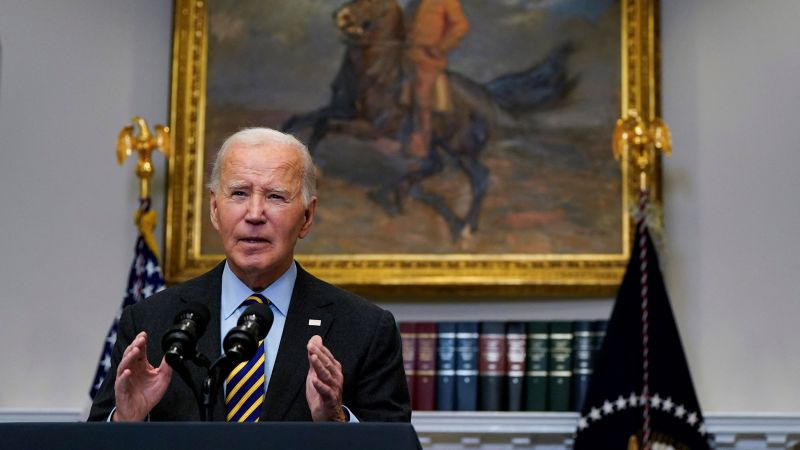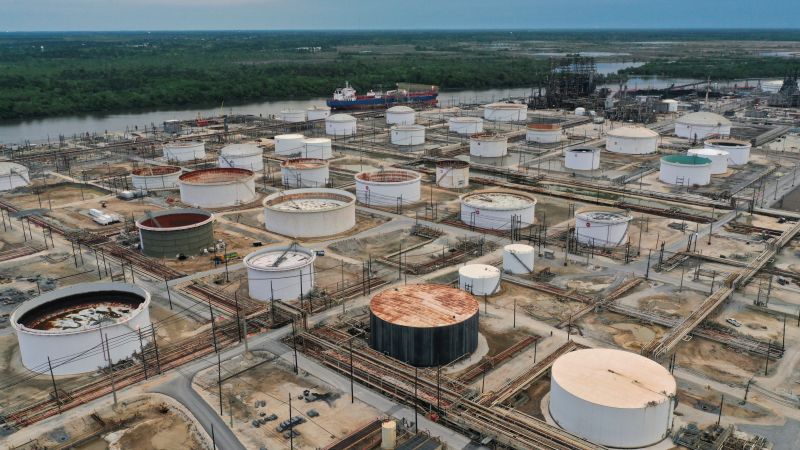—
Americans are shelling out 22% more for groceries compared to when President Joe Biden took office in January 2021, according to October Consumer Price Index inflation data. While wages finally began to outpace the rate at which food prices were rising last year and have continued to, Americans have, understandably, been enraged at how much it’s costing them to feed themselves.
Voters took those feelings with them to the ballot box, where they delivered President-elect Donald Trump an overwhelming victory.
A stunning 96% of voters said “high prices for gas, groceries and other goods” factored in to how they cast their ballots, according to AP VoteCast, a survey of more than 120,000 registered voters conducted from October 30 to November 5. Among the 40% of people who named that issue the single-most important factor driving their decision, nearly two-thirds voted for President-elect Donald Trump.
The bout in food inflation over the last few years stems from many sources, including the pandemic; the war in Ukraine, which propped up wheat prices, a key input for many foods; as well as energy prices, which had made it more costly to transport food. With some of these pressure points softening, food prices have cooled to rates comparable to before the pandemic.
However, people hoping to see their grocery receipts go down may have to brace for the exact opposite once Trump starts his second term. Here’s what going on:
‘Drill, baby, drill’
Speaking in front of a table of packaged foods, Trump used an August press conference to draw attention to food inflation during his campaign for president. “Grocery prices have skyrocketed,” he said.
“When I win, I will immediately bring prices down, starting on day one,” Trump continued. “We will drill, baby, drill,” he said, referring to increasing domestic oil production. “That’s going to bring down prices of everything.”
Weekly US crude oil production just hit a new record of 13.5 million barrels per day, according to federal data dating back to 1983. Last year, the nation produced more oil than any other countryever. That’s helped push down gas prices, which has in turn helped lower the cost of transporting food to grocery stores nationwide.
But even if oil production were to increase even more — although it remains to be seen whether that is even feasible — it likely wouldn’t affect food prices much, said Phil Lempert, a grocery industry analyst and editor of SuperMarketGuru.
Many food manufacturers have built smaller plants throughout the country to avoid some transportation costs, particularly after energy prices skyrocketed after Russia invaded Ukraine. Although energy prices have since gone down a lot, the cost of transporting food remains elevated because of truck driver shortages, he said. That’s put upward pressure on the wages of truck drivers, which in turn get passed down to consumers at grocery stores.
Climate change is contributing
Climate change is another area that has pushed up food prices. With the increased frequency and severity of extreme weather events, including hurricanes, droughts and heatwaves, farmers’ growing costs have been steadily rising. Additionally, it’s impacting both the quality and quantity of crop yields.
At a September speech Trump delivered before the New York Economic Club, he said, “We will invest in new and modern agricultural techniques so we can have safe, healthy, high-quality foods for our families.” Representatives for the Trump-Vance transition team didn’t respond to CNN’s inquiry regarding what that could entail.
Trump is widely expected to undo virtually all of Biden’s climate-related policies, which include provisions from the Inflation Reduction Act aimed at reducing carbon emissions. That, as well as drilling more oil, could backfire if it worsens the already dire climate-change-related issues farmers are confronting, Lempert said.
“Until we can — if we can — fix climate change, there’s no way that food prices can come down,” he told CNN.
Mass deportations, tariffs risk pushing food prices up
If Trump fulfills his campaign promises to deport millions of people who entered the country illegally and slap sweeping tariffs on everything the US imports, Americans could see their grocery bills explode.
Undocumented immigrants are heavily involved in US food production from the very beginning of the supply chain on farms to the tail end at grocery stores. “If there are mass deportations, it would create labor scarcity and it would bid up prices,” said Leo Feler, chief economist at Numerator, a consumer insights company. That’s because it would put upward pressure on wages for workers in all walks of food production, which would instantly get passed on to consumers.
Additionally, climate change has caused the US to become increasingly dependent on produce from other nations. For instance, the oranges used to make orange juice are increasingly imported from countries like Brazil and Mexico, in part to make up for bad weather that’s destroyed citrus crops in states like Florida and California, according to government data.
This means that if Trump sticks with his campaign promise of up to 60% tariffs on all goods coming in from China and 10% tariffs on goods imported from all other countries, it will hit consumers even harder, leaving them stuck footing much higher bills at grocery stores among other places, Feler told CNN.
However, it remains to be seen whether Trump will instead move forward with a watered-down version of the tariffs he warned of. Days after Trump won the election, a strategy for rolling out tariffs had not yet formed, multiple sources familiar with the matter told CNN.
The best outcome rests on improving food affordability
If food prices do go down in the near future, the economy may have bigger problems, Feler said.
In the past, grocery prices have come down primarily when “the economy is under duress” and people don’t have enough money to pay for groceries.
“There are ways to reduce pressure without recession but there’s an element of cruelty to it,” said Feler, who previously taught economics at the University of California, Los Angeles. That could mean, for instance, cutting back on the generosity of food stamps, which has already been the case since enhanced pandemic measures expired.
Doing so would reduce demand for food since lower-income consumers would have less purchasing power. But it’s “ultimately bad economics because better-fed people are more productive,” he said.
Absent these kinds of scenarios, Trump is unlikely to get the actual food prices we pay back to where they were during his first term. But he can help by improving Americans’ ability to afford food through measures aimed at boosting employment and expanding the economy as a whole, Feler said.





